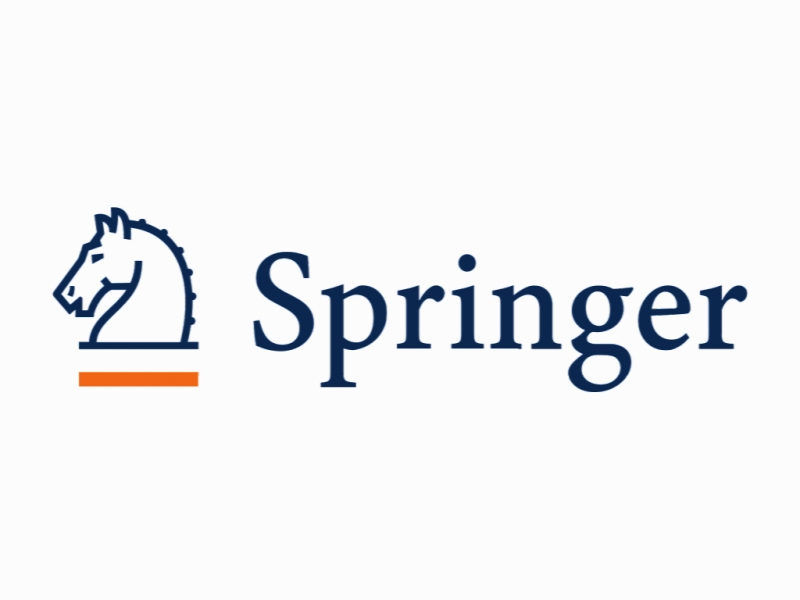کاهش اثر درون صفحه ای پرکننده قاب خمشی فولادی Reducing the In-plane Effect of Infill on Steel Moment Frame
- نوع فایل : کتاب
- زبان : انگلیسی
- ناشر : Springer
- چاپ و سال / کشور: 2018
توضیحات
رشته های مرتبط مهندسی عمران
گرایش های مرتبط سازه و زلزله
مجله بین المللی سازه های فلزی – International Journal of Steel Structures
دانشگاه Housing & Urban Development Research Center – Sheikh Fazlollah Noori Exp – IRAN
منتشر شده در نشریه اسپرینگر
کلمات کلیدی انگلیسی Infill wall, Steel moment frame, Masonry, Non-structural infill, In-plane behavior
گرایش های مرتبط سازه و زلزله
مجله بین المللی سازه های فلزی – International Journal of Steel Structures
دانشگاه Housing & Urban Development Research Center – Sheikh Fazlollah Noori Exp – IRAN
منتشر شده در نشریه اسپرینگر
کلمات کلیدی انگلیسی Infill wall, Steel moment frame, Masonry, Non-structural infill, In-plane behavior
Description
1. Introduction According to ACI530 (ACI530, 2011), Masonry walls are divided into two categories: (1) URM walls: In this system, the walls are considered as load-bearing ones. Due to the failure of many URM buildings in recent earthquakes, confined masonry walls have been considered as suitable replacements to URM walls. In this latter system, the wall is constructed first, followed by RC tie-columns. RC tie-beam is constructed on the top of the wall. Dual action is provided by the wall and confining framed system. (2) Infilled RC or steel frames: In this system, the frame is constructed first, followed by the masonry wall. In infilled frames, infill walls are not load-bearing ones. The failure of infill walls may very well be a significant threat for human life both inside and outside of the building as they are usually the first elements to experience damage even under moderate seismic events. In common practice, and because of the complexity of the infill effect, infill walls are treated as non-structural elements and their influence on the behavior of the structure is not considered. However; and due to their brittle behavior, the infill walls can modify the behavior of the structure leading to undesirable failure modes (Murty and Jain, 2000; Kappos and Ellul, 2000; ALChaar et al., 2002; Lee and Woo, 2002; Magenes and Pampanin, 2004; Dolsek and Fajfar, 2008; Elnashai and Di Sarno, 2008; Di Sarno et al., 2013; Preti et al., 2012; Nicola et al., 2015). The infill walls are usually the first elements to be damaged in seismic events. Furthermore, Villaverde (1997) has shown that the cost related to the failure of a non-structural component in a building may easily exceed the replacement cost of a building, which is due to the loss of inventory, loss of business, downtime, etc. In the last three decades, several research programs have focused on the development of strengthening techniques for existing URM infill walls (Akin et al., 2009; Akguzel, 2003). However, very few preventive measures have been suggested to avoid brittle failure, premature disintegration, and partial or total out-of-plane collapse of masonry infill walls during earthquakes (Calvi and Bolognini, 2001; Tasligedik et al., 2011; Mosavi and Rafezi, 2012; Kuang and Wang, 2014). On the other hand, no substantial research efforts have been done for the development of improved solutions for new construction of URM infill walls. Accordingly, it is believed that further investigations are required to prevent the collapse of infilled walls or at least to reduce the cost of their repairs after seismic events.


